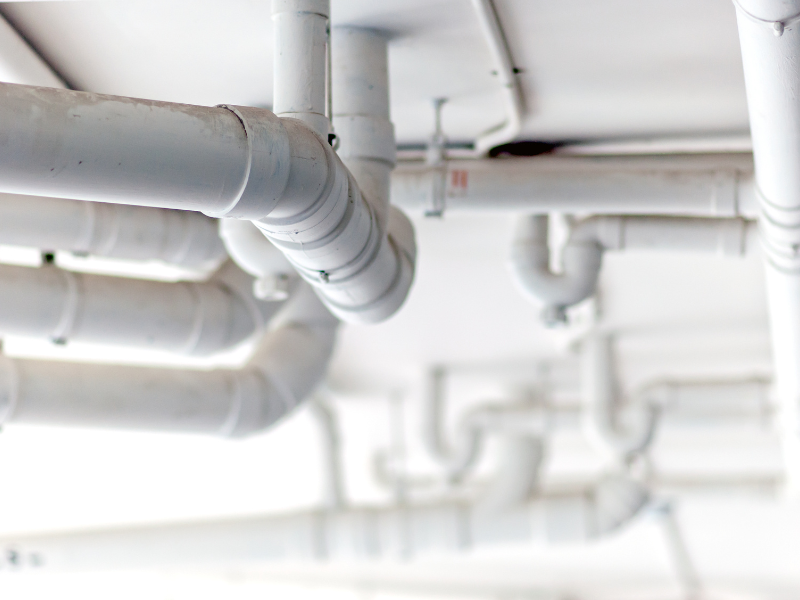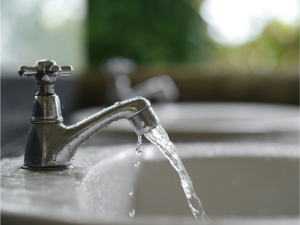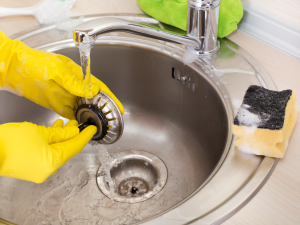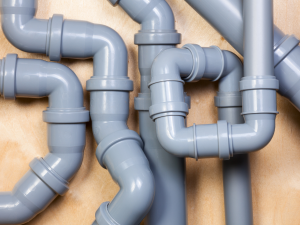When plumbing was first created as a means to transfer water to many houses and other kinds of public buildings, pipes were often made of clay or even lead. As time went on and different kinds of technology were developed to improve the water supply to homes, more materials for the piping like terra cotta and cast iron were included.
People continued to grow and develop, slowly building our understanding about science and the world around us.
Due to our understanding about the negative effects of lead and lead poisoning, lead piping quickly became a thing of the past and newer, healthier and more durable materials for pipes replaced it.
Today, many homes use PVC, copper or other pipe types for transporting water to and from all sorts of buildings. Each type has their own benefits and uses for different reasons, giving homeowners and plumbing experts a wide range of options.
We’ve collected some key facts about the different types of pipe to help you learn more about what makes up the plumbing in many different houses and commercial buildings across America. If you need plumbing help or any other type of home services, contact the team at Clover Contracting.
Copper pipes
Now one of the most common plumbing pipe types used in plumbing today, copper can be found making up many of a home’s water supply lines.
Though initially one of the more traditional options, the metal pipes have also become far more popular, especially when you take into consideration the different kinds of copper piping available. Depending on the need, you can get rigid copper pipes or more flexible options. This essentially can allow an entire water supply system to be made of copper, bends and all.
Though copper piping has slowly become costlier, they do also have quite a great number of benefits as well. Copper pipes have been known to be able to last a long time, reaching at least 50 years before they need to be replaced. And when it is time to get rid of the pipes, the durable material can also be recycled easily.
Copper pipes are also incredibly safe for households with kids, since the metal won’t contaminate the water and the fact that bacteria cannot thrive in the pipes.
PVC Pipes
Sometimes referred to as polyvinyl chloride, PVC pipes are the most well known pipe types when it comes to plumbing. Made from a combination of plastic and vinyl, as the name might suggest, the pipes are far more rigid, allowing it to be used to move high pressure water around easily. PVC pipes are most commonly used houses’ main water supply lines and can be used to supply drinkable water as well.
Due to the material the pipes are made of, a single PVC section is far lighter than most metal piping, making it much easier to move and use. However, the lower weight doesn’t mean that the pipes are quick to fail.
PVC pipes can last quite a long time. As long as they don’t face any sudden damage, the pipes won’t rust or corrode, ensuring that they last as long as you need them. What makes PVC piping even better is their low cost when compared to many other options.
Flexi pipes
Another type of piping available is something called flexi pipe. As the name suggests, these kinds of pipes are a type of flexible tubing that’s normally used near the end of more rigid pipes to connect them to appliances.
Though not used inside walls, the flexi pipe can give certain appliances like water heaters and sinks a bit more room to move or put other items underneath. What makes the pipe even more useful is its composition of stainless steel, ensuring that it is fairly durable.
PEX pipes
One of the lesser known types of pipe to homeowners are cross-linked polyethylene or PEX pipes. PEX pipes are also a fairly new addition to the world of plumbing but have become quite popular due to its material.
Though PEX pipes are made out of a plastic-like material similar to PVC, they are often far more flexible. When taking into account its flexibility, it allows the pipe to be used for long sections of water supply. It’s best, though, that you don’t use these for transporting drinking water around the house.
Much like PVC pipes, PEX are easy to carry and install, not needing any soldering or even the gluing PVC does. These kinds of pipes also don’t rust due to their plastic compositions, making them last for a long time, also like PVC. However, there are also a number of differences between the two pipe types.
Besides simple flexibility, PEX also can handle water at much more extreme temperatures, similar to copper plumbing.
Cast iron piping
Another of the less known materials used for making pipes is cast iron. These types of pipe were often used in older houses, typically around the first part of the 20th century but can still be found as part of drainage systems today.
Due to its manufacturing, cast iron pipes are much heavier and costlier than many other kinds of piping. However, what lacks in terms of cost and ease of use, cast iron pipes more than make up for in an extremely high level of strength and durability.
The material is far more heat resistant and can even reduce any sound, if needed. Just make sure you keep these pipes in a moisture-free spot.
Choosing the right product for your upcoming plumbing project
Whether you need pipes for a do it yourself repair for your kitchen sink or something far more complex, there are a great many number of pipe types available for use.
Each of the plumbing pipe types all have their own unique advantages and disadvantages over the others, some prioritizing flexibility while others durability.
Each also has their own best uses and restrictions in their respective plumbing systems.
However, if the need to replace any section crops up, call a professional plumbing technician from Clover Contracting.








